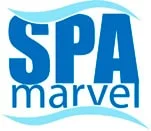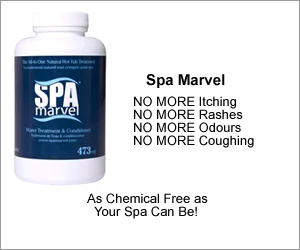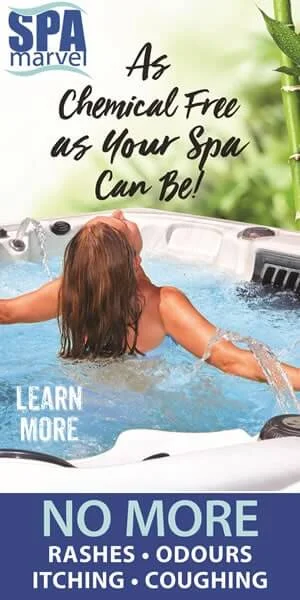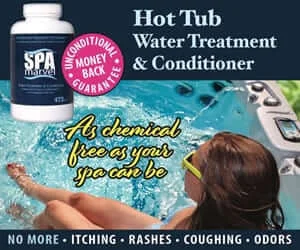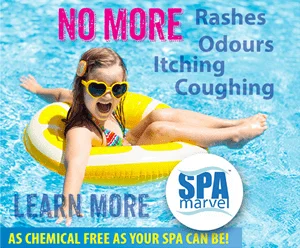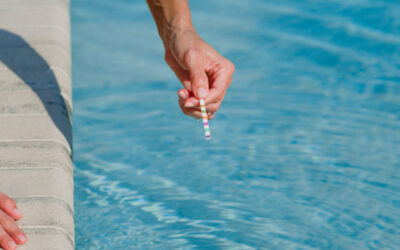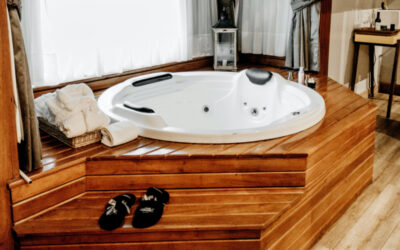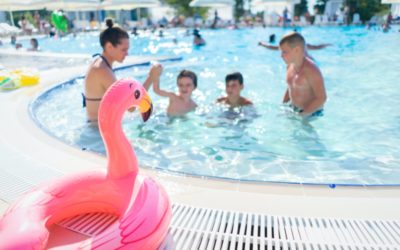How to Super-chlorinate Your Pool or Spa to Decontaminate It
If your pool or spa is harboring a contaminant, mould, algae, fungus, or bacteria of some type, you’ll need to decontaminate it.
To decontaminate, you need to super-chlorinate or super shock the pool or spa water with granular chlorine (or substitute granular bromine or lithium for chlorine). Our goal is to maintain 20ppm or more of chlorine for 72 hours.
To superchlorinate, add AT LEAST 2.5 ounces (5 tablespoons, 75 grams) of chlorine for every 100 gallons (400 litres) of spa water or part thereof. Adding more is fine and never a bad idea.
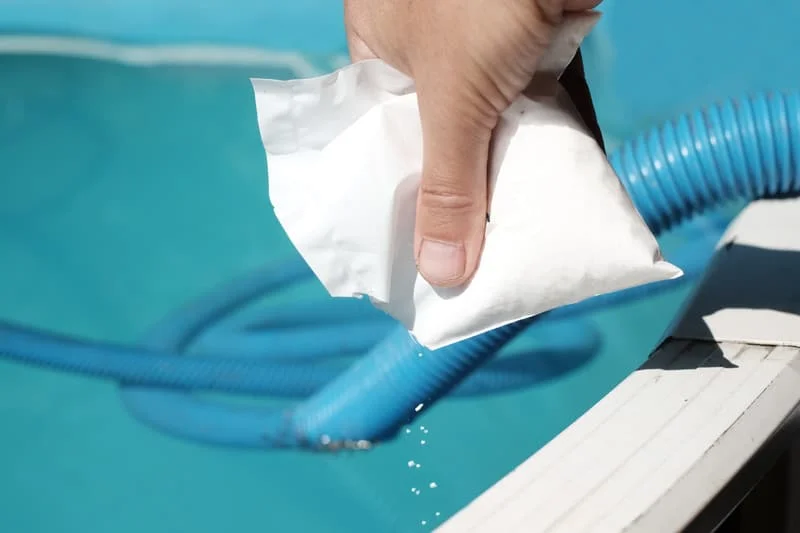
For this treatment to be effective, it is imperative that the chlorinated water is distributed throughout the entire plumbing system. Ensure that diverter valves are midway and that all jets, valves, waterfalls, water features, and aerators are open and subjected to the chlorine. If your tub has a drain next to the pump or at the base of the cabinet to which you can attach a hose to facilitate draining, ensure some of the chlorinated water is bled through the drain at the onset of this procedure. This is very important because any built-in drains are a dead-end in the plumbing. So the chlorine will not naturally make its way down to that part of the plumbing, but the contaminant will.
After you superchlorinate your pool or spa, check the chlorine reading after 24, 48, and 72 hours. If at any of these intervals the chlorine is anything less than ridiculously high (if it shows less than the maximum on your test strips), treat the tub again with chlorine and start the clock over on the 72-hour time period. Do not use the spa during the decontamination process.
After 72 continuous hours of successful chlorination:
1. Remove your filter and clean it.
2. Use a plumbing cleaner such as Spa Marvel Cleanser.
3. Drain the spa.
4. Install the clean filter and refill the spa as per the manufacturer’s directions.
Can you super-chlorinate a salt water pool?
Absolutely. If your water color is off, such as brown, black, green, or excessively cloudy, you likely need to super-chlorinate your salt water pool.
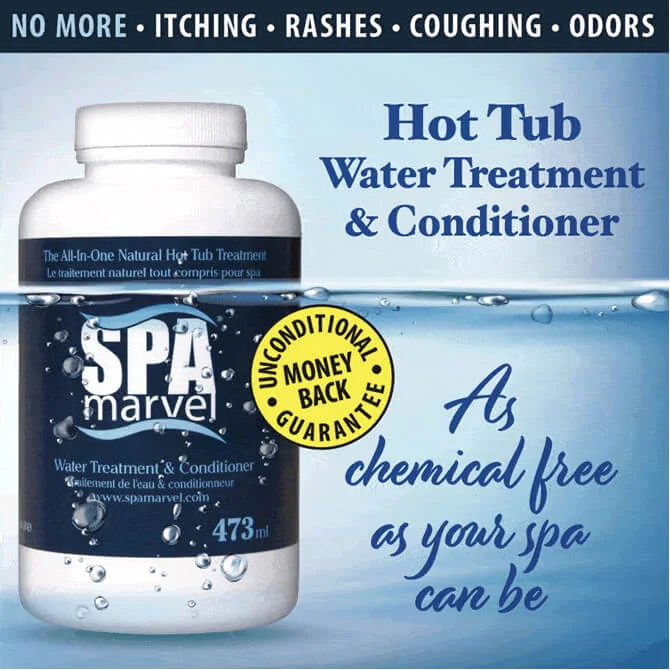
Shock vs. super shock vs. super-chlorinate your pool or spa
Shocking is a regular part of hot tub or pool maintenance. It is necessary to kill bacteria, algae, and other contaminants in the water. With a shock treatment, you add chlorine or non-chlorine chemicals to raise the ‘free chlorine’ level in your hot tub or pool.
When you super-chlorinate your hot tub or pool (used interchangeably with ‘super shock’), it needs to be done with chlorine or bromine. It, too, raises the chlorine levels. The difference is that when you super shock a pool, the amount of chlorine you add is nine times that of a shock treatment. When you super shock your pool, the water must reach breakpoint levels; otherwise, it will cause more chloramines in the water and worsen your problem.

